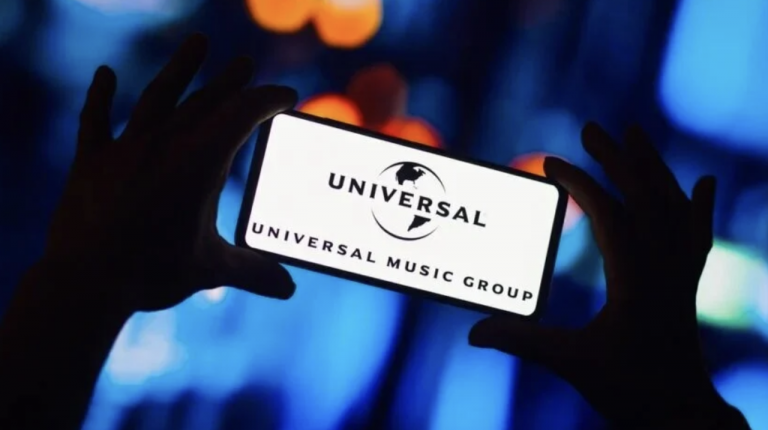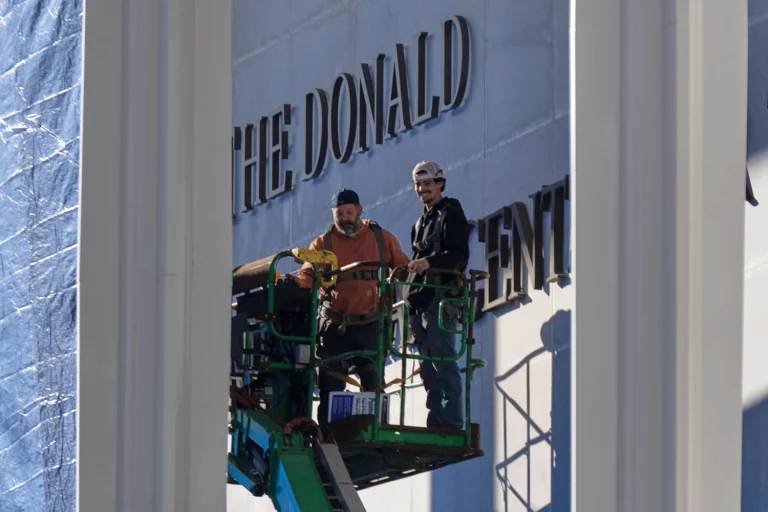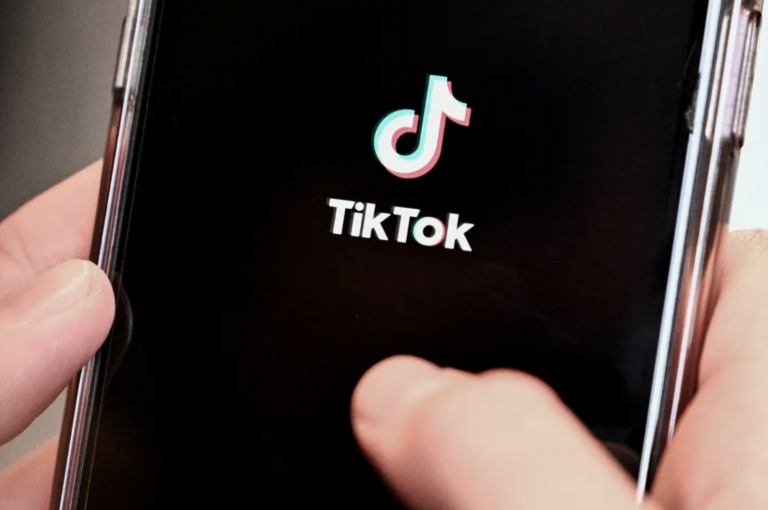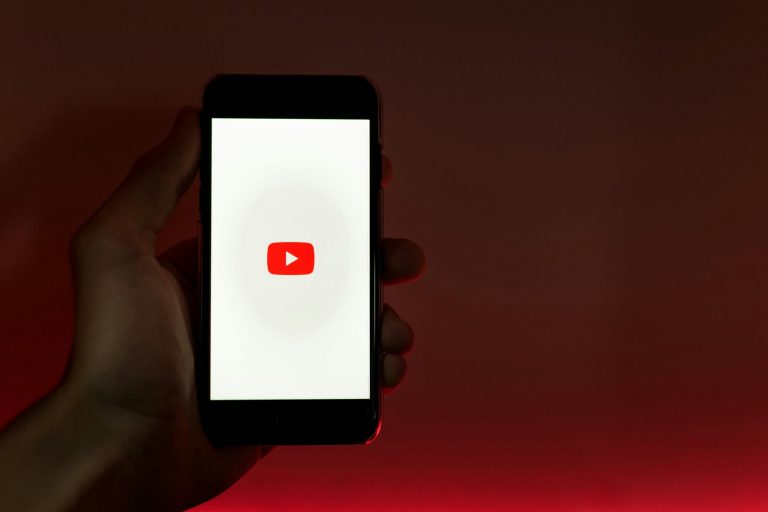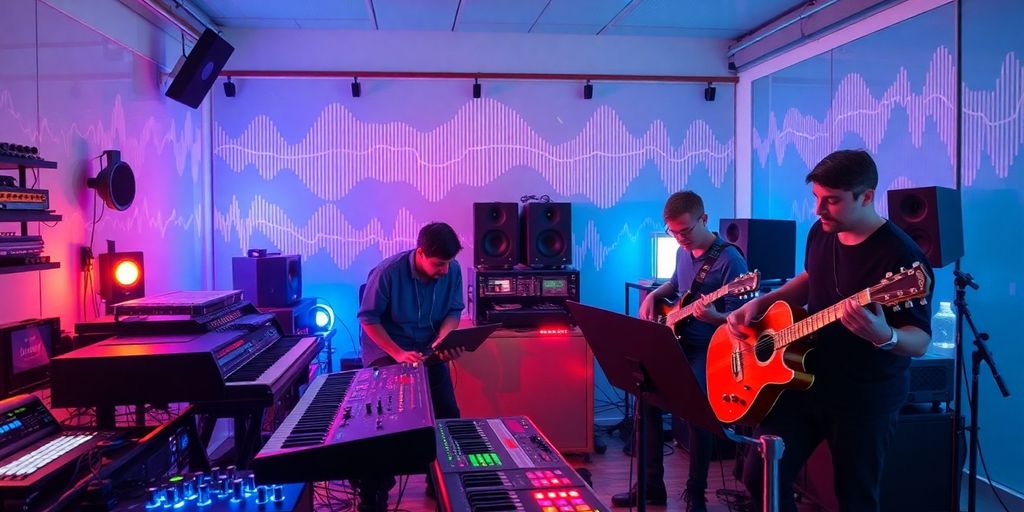
Music laboratories are pushing the boundaries of what we know about sound and music. They explore how we perceive sound, how technology can change music creation, and how to engage with artists and the public. In this article, we’ll take a closer look at the innovative methods used in these labs, the challenges they face, and the exciting future that lies ahead for sound innovation.
Key Takeaways
- Music laboratories blend creativity and science to enhance sound experiences.
- Technology is transforming how music is produced and designed.
- Music labs play a vital role in developing young musicians through educational programs.
- Collaborations between artists and researchers lead to innovative projects.
- Sustainability and personalization are key trends shaping the future of music laboratories.
Innovative Approaches In Music Laboratory Research
Music labs? They’re not just places with instruments. They’re where science meets sound, and things get really interesting. It’s about more than just making tunes; it’s about understanding how we hear, how tech can help, and how artists and researchers can team up to make something new.
Exploring Sound Perception
Sound perception is way more than just hearing notes. It’s about how our brains interpret sound. Labs are digging deep into this, using cool tech to see how we react to different sounds. They might use virtual reality to create different acoustic environments and see how people react. Or, they might use brain scanners to see what parts of the brain light up when we hear certain sounds. It’s all about understanding the nuances of how we experience music. For example, motor skills can be enhanced through musical training.
The Role of Technology in Music Creation
Tech is changing music creation. It’s not just about recording anymore. It’s about using software and hardware to make sounds that were never possible before. Think synthesizers, digital audio workstations, and even AI-powered music generators. These tools let musicians experiment and push boundaries. It’s like giving them a whole new palette of colors to paint with. The possibilities are endless, and it’s exciting to see what musicians come up with. Here’s a quick look at some common technologies:
- Digital Audio Workstations (DAWs)
- Synthesizers and Samplers
- AI-powered Music Software
Collaborative Projects with Artists
Music labs aren’t just for scientists. They also team up with artists to create new and exciting projects. This collaboration can lead to some pretty amazing things. Artists bring their creativity and vision, while researchers bring their scientific knowledge and technical skills. Together, they can explore new ways to make music and sound experiences. It’s a win-win situation for everyone involved. It’s like a playground where artists and scientists can bounce ideas off each other and see what happens.
Collaboration is key. When artists and researchers work together, they can create things that neither could have done on their own. It’s about bringing different perspectives and skill sets to the table to push the boundaries of what’s possible.
Challenges and Opportunities in Music Research
Funding and Resource Allocation
It can be tough to get funding for music research. It’s not always seen as important as other fields, like medicine. This means music labs often need to be creative to secure the money they need. It’s a constant effort to find grants and build partnerships to keep things running. It’s not just about the money, though. It’s also about having the right tools and people. Labs need access to high-quality recording equipment, software, and talented researchers. The 2024 Wellness in Music survey highlights the financial struggles in the music community.
- Applying for grants from different organizations.
- Looking for partnerships with tech companies.
- Developing new funding models.
Securing consistent funding is a major hurdle. It requires showing the real-world impact of music research, not just its artistic value.
Balancing Creativity and Scientific Rigor
Music is art, but music research is science. The challenge is combining those two things. You want to be creative and explore new ideas, but you also need to be rigorous and use scientific methods. It’s easy to get carried away with the artistic side and forget about the science, or vice versa. The best music research finds a way to blend both. It’s about using science to understand the magic of music, and using music to inspire new scientific discoveries. It’s about finding that sweet spot where creativity and rigor meet. Here’s a simple breakdown:
| Aspect | Creativity Kesehatan, <li>Ethical Considerations in Music Studies.</li>
When you’re studying music, you’re often dealing with people’s emotions and personal experiences. That means you have to be super careful about ethics. You can’t just blast music at people and see what happens. You need to think about things like informed consent, privacy, and the potential for emotional distress. For example, if you’re studying how music affects people with anxiety, you need to make sure you’re not making their anxiety worse. It’s a tricky balance, but it’s important to get it right. The application of AI in music also brings up new questions about copyright and ownership.
Looking Ahead In Sound Innovation
It’s pretty clear that music labs are doing some cool stuff, and the future looks interesting. It’s not just about making tunes; it’s about trying new things and finding different ways to connect with sound. Each experiment and new piece of tech helps shape how we hear things.
Personalized Acoustic Environments
Imagine a world where the room knows what you need. We’re talking about spaces that change their sound based on what you like and what you’re doing. Need to really focus? The room quiets down. Trying to brainstorm? It gets lively to help you think. This is where audio technology is going.
Sustainable Practices in Music Production
Making music can actually create a lot of waste. Think about all the old gear, the power used in studios, and the impact of shipping instruments. The future needs to be greener. This means:
- Using recycled stuff to make instruments.
- Creating recording tech that doesn’t use as much power.
- Pushing digital music to cut down on physical waste.
Labs are starting to find ways to cut down on their carbon footprint, from using solar power to composting food waste. It’s about making music responsibly.
Global Collaborations and Innovations
The future of music is all about working together across borders. Different cultures and ideas can come together to create something totally new. Think about musicians in different countries sharing sounds and techniques, or engineers working together to build new instruments. It’s a big world, and there’s a lot of potential for cool stuff to happen when people work together.
Case Studies From Leading Music Laboratories

Success Stories from NYU MusEDLab
NYU’s MusEDLab is making waves, especially in how kids learn music. They’ve really nailed making music education more fun. One of their big wins is creating software that changes to fit how each student learns. It’s not just about notes; it’s about getting the music. They’ve seen students get way more into it and do better.
- Student interest went up by 40%.
- Test scores jumped 25%.
- They’ve also seen better teamwork in group projects.
The MusEDLab also focuses on making sure their tech is easy for teachers to use, even if they aren’t super techy. They run workshops and provide support to help teachers get comfortable with the new tools.
Innovations at the MIT Media Lab
The MIT Media Lab is a wild place where art, science, and tech crash into each other. They’re always cooking up something new. One thing they’re big on is wearable music tech. Think jackets that make sounds when you move or gloves that let you play instruments in the air. It’s all about making music more physical and interactive.
They’ve also been doing cool stuff with AI, like teaching computers to write music in different styles. It’s not about replacing musicians, but about giving them new tools to play with. Here’s a quick look at some of their projects:
| Project | Description |
|---|---|
| AI Composer | AI that generates music in various styles. |
| Wearable Sounds | Clothing that produces sound based on movement. |
| Interactive Music | Systems that let people make music through gestures and body movements. |
Breakthroughs at Stanford’s Center for Computer Research in Music and Acoustics
Stanford’s CCRMA (that’s a mouthful!) is all about pushing the limits of what computers can do with sound. They’re deep into digital signal processing, which is basically the math behind how computers make and change sounds. One of their big things is making virtual instruments that sound super realistic. They’re also working on ways to make music sound better in different spaces, like concert halls or even your living room.
CCRMA also focuses on:
- Creating new algorithms for sound synthesis. This means making new ways for computers to create sounds from scratch.
- Developing tools for spatial audio. This is all about making sound feel like it’s coming from different places around you.
- Exploring the use of AI in music composition and performance.
The Impact of Music Laboratories on Education

Nurturing Young Musicians
Music labs are really stepping up their game when it comes to getting young people excited about music. They’re not just sticking to old-school methods; they’re bringing in tech to make learning way more engaging. I’m talking about stuff like coding to create digital instruments – it’s amazing to see kids’ faces light up when they realize they can make music with a few lines of code. It’s a whole new world compared to when I was a kid, struggling through boring piano lessons.
- Hands-on instrument building
- Digital music creation software tutorials
- Collaborative songwriting projects
I think it’s great that these labs are making music education more accessible and fun. It’s not just about learning to play an instrument; it’s about exploring sound and expressing yourself creatively.
Workshops and Community Engagement
Music labs aren’t just for students; they’re also reaching out to the community. They often host workshops and events that are open to everyone, regardless of age or skill level. It’s a great way to get people involved in music and to show them what these labs are all about. I went to one last year where they showed us how to make music using everyday objects – it was surprisingly fun! These community workshops are a great way to get involved.
Integrating Technology in Music Education
Technology is changing everything, and music education is no exception. Music labs are at the forefront of this change, exploring new ways to use tech to enhance the learning experience. From interactive software to virtual reality, they’re finding ways to make music education more engaging and effective. It’s not just about using computers to play music; it’s about using tech to understand music on a deeper level. I think it’s really cool how they’re using technology in music creation to make learning more accessible.
The Future of Music Production
AI and Machine Learning in Music
Okay, so AI in music is getting seriously interesting. It’s not just about robots writing symphonies (though that’s happening too!). We’re seeing AI tools that can help musicians with everything from generating ideas to mastering tracks. Think of it like having a super-smart assistant who knows all the chords and rhythms. It’s still early days, but the potential is huge. I think AI powered tools will change the game.
Virtual Reality Experiences
VR isn’t just for gaming anymore. Imagine experiencing a live concert from your living room, but really feeling like you’re there. Or creating music in a virtual studio, surrounded by instruments and effects that don’t even exist in the real world. VR is bringing a whole new level of immersion to music. It’s not just about listening; it’s about experiencing music in a completely different way.
The Evolution of Musical Instruments
Musical instruments are changing, and it’s not just about adding more buttons. We’re seeing instruments that respond to touch, movement, and even brainwaves. It’s about creating a more intuitive and expressive way to make music. The future of instruments is all about blurring the lines between technology and art.
It’s wild to think about where music production is headed. We’re talking about personalized soundscapes, AI collaborators, and instruments that can read your mind. It’s a brave new world for musicians, and I can’t wait to see what they create.
Looking Ahead: The Sound of Tomorrow
As we finish up our look at the music lab, it’s clear that the future of sound is exciting and full of potential. These labs are not just about making music; they’re about breaking new ground and finding fresh ways to connect with sound. With each new experiment and tech advancement, they’re changing how we think about music and its place in our lives. So, whether it’s new tools for musicians or innovative ways to experience sound, keep your ears open—there’s a lot more coming from this space where creativity and technology come together.
Frequently Asked Questions
What is a music lab?
A music lab is a special place where people study and create music using different tools and technology, similar to a science lab but focused on sound.
How does technology help musicians?
Technology helps musicians by giving them new ways to create music, like using software and gadgets that make different sounds and effects.
Can anyone join workshops at music labs?
Yes! Many music labs offer workshops for people of all ages and skill levels, so anyone interested in music can participate and learn.
What type of research happens in music labs?
Researchers in music labs study how we hear music, how it affects our brains, and how to make music more enjoyable for everyone.
Why are music labs important for education?
Music labs are important because they help teach young musicians, offer fun workshops, and show how technology can be used in music education.
What future trends are expected in music production?
Future trends in music production include using AI to help create music, virtual reality experiences for listening, and new types of musical instruments.

